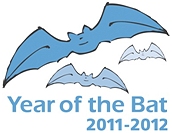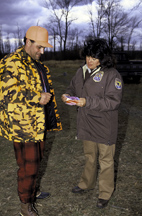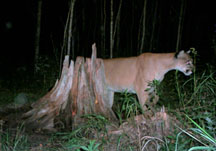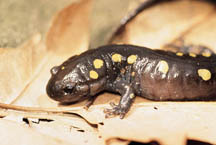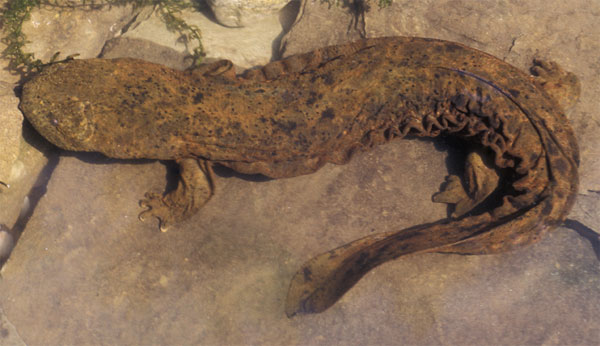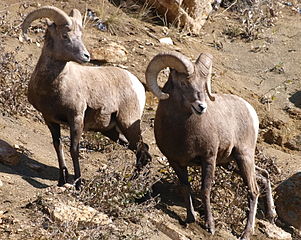Epizootic hemorrhagic disease popped up late in North Carolina this year, says an article in the Wilmington Star-News. So far the outbreak has been mild. (And considering how late in the season it is, the chances seem good for it to remain mild.)
The article says a dry summer probably contributed to the lateness and mildness of the disease this year. Drought plagued the region for most of the summer. Hurricane Irene brought the rain that allowed the midges to thrive. Officials from the N.C. Wildlife Resources Commission say there have been about 30 cases of EHD confirmed in the eastern part of the state.
Read the whole article in the Wilmington Star-News.


